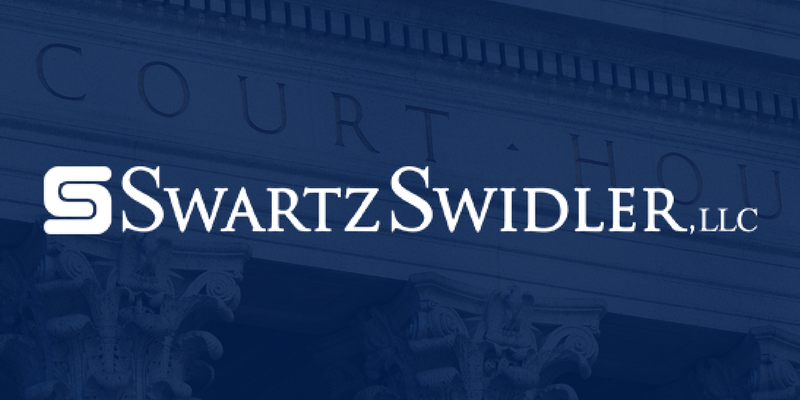Passed in 1970, the Occupational Safety and Health Act or OSH Act is designed to protect the health and safety of employees working within the U.S. and its territories. This law was passed to establish safety standards within the workplace to help prevent workplace injuries and deaths. The Occupational Safety and Health Administration is the federal agency that enforces the OSH Act and promulgates safety regulations and guidelines that employers must follow. Here is some information about the OSH Act from the attorneys at Swartz Swidler.
Who Is Covered by the Occupational Safety and Health Act?
The OSH Act covers employers within the U.S. and the U.S. territories. Employers in these jurisdictions are covered by the federal OSH Act or by an approved safety and health plan under state law. Postal employees working in the U.S. are also covered by the OSH Act.
The Occupational Safety and Health Act covers private employers in all fields, including manufacturing, construction, labor, agriculture, private education, medicine, law, and others. Federal employees and public state and local employees with separate plans are covered by separate programs. The OSH Act also does not cover people who are self-employed, family-operated farms that only employ immediate family members, local and state government employees, and areas covered by other federal laws or federal agencies.
Basic Requirements of the OSH Act
Under the OSH Act, the Occupational Safety and Health Administration is authorized to inspect business facilities to ensure that they are complying with safety standards and practices. OSHA also has the power to set safety standards for companies operating within different industries. Employers might be required to implement practices, procedures, and methods to protect employees at work and comply with the OSHA standards.
Employers must know the standards that apply to them and take steps to eliminate hazardous conditions that could injure their employees. They must also provide training and education to their employees about using personal protective equipment and provide the necessary equipment to them. Employees must follow the safety rules that apply to their conduct or face workplace discipline.
The OSH Act includes a general duty clause to cover situations that are not specifically addressed in the law. Under this clause, all employers have a general duty to provide their employees with a safe and hazard-free workplace. States are also required to set safety standards that are at least as effective as the federal standards established by OSHA.
Understanding Personal Protective Equipment Requirements
Employees who have jobs working around dangers must be provided with personal protective equipment by their employers. This equipment is designed to protect them from the dangers that they will encounter as they perform their jobs. For example, welders must be provided with welder goggles, gloves, and protective clothing to protect them from injuries while welding. People who work around dangerous chemicals must be provided with respirators, eye protection, and special clothing to protect them from exposure events. Other types of safety equipment that might be required include hard hats, steel-toed shoes, gauntlets, fire-resistant clothing, safety glasses, or hearing protection. Employees must be trained in how to properly use personal protective equipment and must be mandated to wear it at all times when working around hazards within the workplace.
Hazard Communication
The OSHA treats the handling of hazardous materials seriously. Manufacturers and importers of hazardous materials must evaluate the dangers associated with the materials they import and manufacture. When manufacturers and importers ship hazardous materials to new clients, they must indicate on the containers that the materials contained inside are hazardous. Trucks transporting hazardous materials must also be clearly marked, and truck drivers who drive the trucks must obtain special endorsements on their CDL licenses. Employers must train their employees about the data listed on the containers and explain how they can avoid the dangers of the dangerous material. OSHA regulations cover other things regarding hazardous materials, including recordkeeping, posting, and reporting.
Recordkeeping Rules
All employers that are covered by OSHA and that have 10 or more workers are required to keep OSHA records about job-related injuries, illnesses, and missed days of work. However, certain employers are exempted from this requirement when they work within low-hazard industries, including finance, retail, insurance, real estate, and services.
Contact Swartz Swidler
If you are an employee and believe that the conditions at your workplace are dangerous in violation of safety standards, you have the right to file a complaint with the Occupational Safety and Health Administration. If you file a complaint, OSHA might conduct an investigation of your workplace. Your employer is prohibited from retaliating against you for filing a complaint or for participating in an OSHA investigation.
The OSH Act was passed to protect the safety of employees. To learn more about your rights, contact Swartz Swidler today at (856) 685-7420.








